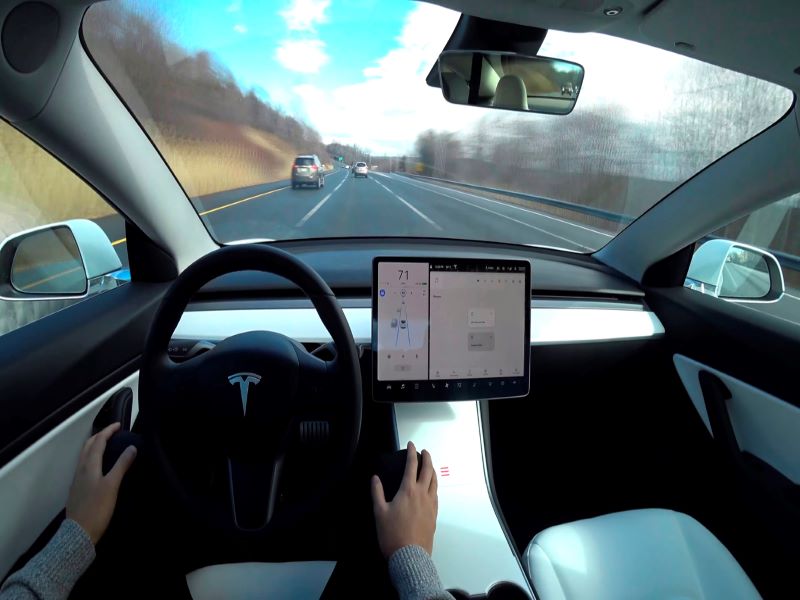U.S. regulator upgrades Tesla Autopilot crash analysis

A National Highway Traffic Safety Administration (NHTSA) preliminary analysis (PA) into Tesla’s Autopilot system was upgraded to an engineering analysis (EA) earlier this month.
The EA will “extend the existing crash analysis, evaluate additional data sets [and] perform vehicle evaluations,” NHTSA said in a June 8 memo.
The action builds on a PA begun in August 2021 by NHTSA’s Office of Defects Investigation to assess performance of Tesla’s Autopilot system that’s available in its vehicles.
The investigation was opened in response to an accumulation of crashes in which Tesla vehicles, “operating with autopilot engaged, struck stationary in-road or roadside first responder vehicles [that were] tending to pre-existing collision scenes,” the memo said.
NHTSA’s 2021 PA was designed to evaluate other similar-circumstance crashes of Tesla vehicles operating with autopilot engaged and assess the “technologies and methods used to monitor, assist, and enforce the driver’s engagement with the dynamic driving task during Autopilot operation.”
The EA will now “explore the degree to which Autopilot and associated Tesla systems may exacerbate human factors or behavioral safety risks by undermining the effectiveness of the driver’s supervision,” NHTSA’s memo said.
Meanwhile, Transport Canada noted its self-certification regime requires car makers and importers to certify their vehicles do meet existing regulations and standards to be sold in Canada.
Authorization from Transport Canada isn’t required for the use of Autopilot, but provincial and territorial governments are responsible for setting and enforcing rules of the road, including those involving on-road testing and deployment of new vehicle technologies.
“Currently there are no investigations at the preliminary evaluation or engineering assessment level involving Tesla vehicles,” Sau Sau Liu, a Transport Canada senior communications advisor told Canadian Underwriter. “Transport Canada is in regular communication with [NHTSA] and has offered assistance as they proceed with investigating Tesla crashes in the United States.”
Further, she said, while advanced driver assistance systems are available to Canadian consumers, they feature low levels of automation.
“At these levels of automation, drivers are required to remain engaged and are responsible for monitoring the environment at all times while the driver assistance system is operating,” said Liu.
“These technologies assist drivers but do not replace them,” she added. “Drivers must still pay full attention to the road-traffic environment, be ready to intervene at all times, and adhere to the rules of the roads in accordance with provincial/territorial requirements.”
Feature image courtesy of iStock.com/Aranga87



